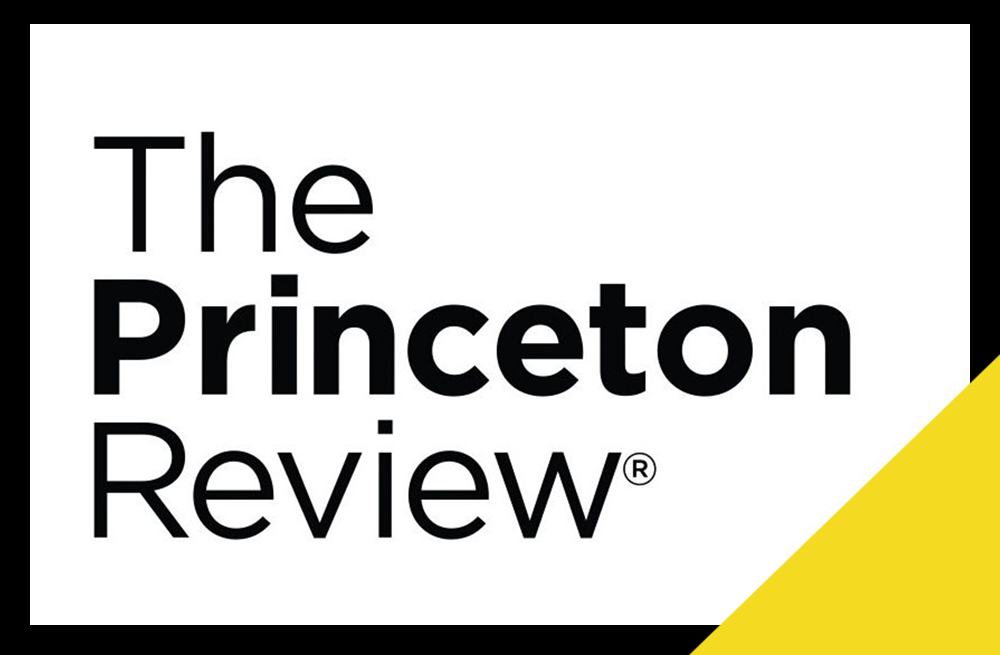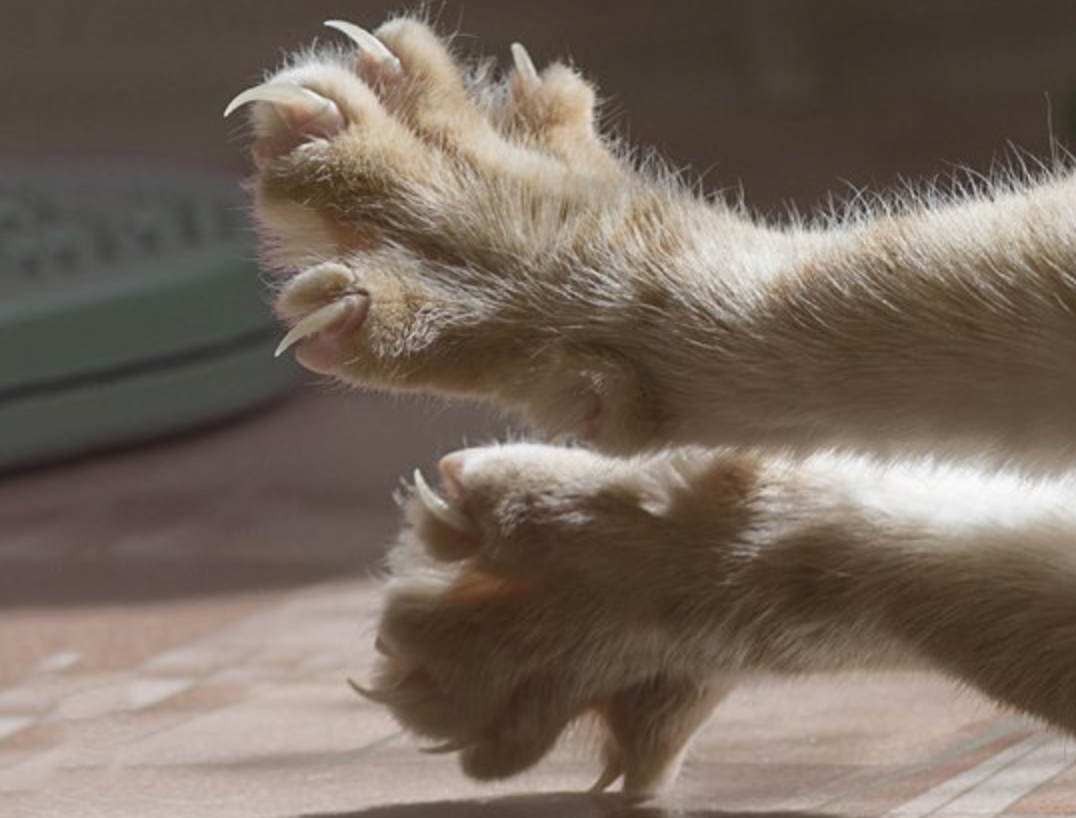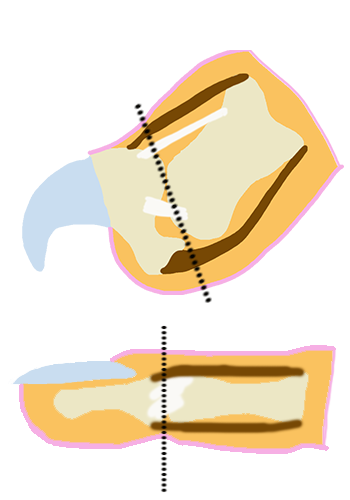Long Island University (LIU) announces Rita Cosby, the renowned Emmy-winning TV host, veteran correspondent and best-selling author, as the chair of its Global Service Institute. Cosby will lead the Institute’s game-changing and innovative educational initiatives to inspire a timely commitment toward volunteerism and elevate the importance and power of service. During this unprecedented moment with the economic devastation caused by the virus, the need for volunteers to assist drastically depleted nonprofit organizations has never been greater.
Through high-level engagement programs, conferences, internships, scholarships and fellowships, the Institute will instill this character-building theme, preparing and inspiring students and others to help find solutions to complex worldwide challenges and seek personal or professional lives dedicated to service. The Institute upholds a nonpartisan mission to foster crucial dialogue on worldwide issues, while positioning students to change the world with new models of innovation and social entrepreneurship.
“The Global Service Institute established LIU as a premier destination for developing values-driven global citizens who will impact their communities,” said Dr. Kimberly R. Cline, President of Long Island University. “With her global experience exploring critical headlines and lifelong dedication to service, Rita Cosby is an exemplary leader who will elevate the Institute to even higher levels.”
The Global Service Institute’s Honorary Advisory Board consists of esteemed and accomplished individuals from diverse fields—all of whom share a strong commitment to fostering service. Board members include Boxing Legend Evander Holyfield, Super Bowl Champ Joe Theismann, King of the High Wire Nik Wallenda, Grammy-Winning Singer Dionne Warwick, Emmy-Winning Actress Susan Lucci, Roc Nation President of Business Operations & Strategy Brett Yormark, Oscar-Nominated Actor Gary Sinise, Best-Selling Author Nelson DeMille, Astronaut Buzz Aldrin, NATO Supreme Allied Commander General Wesley Clark, Michael Reagan, Business Executive and D-Day Veteran Maurice R. “Hank” Greenberg, America’s First Female Four-Star General Ann Dunwoody, Medal of Honor Recipient Colonel Jack Jacobs, Founder of EarthX Trammell S. Crow, Celebrity Chef Robert Irvine, Public Relations Powerhouse Ken Sunshine and others.
The LIU Global Service Institute will kick off the Fall 2020 semester with the Headliners of Service monthly virtual speakers series which will feature special live conversations with Susan Eisenhower, Housing and Urban Development Secretary Ben Carson and Former Israeli Prime Minister Ehud Olmert.
Global Service App Launched to Galvanize Volunteerism at Crucial Time
 In another notable development, the Institute has set out to streamline volunteering by developing a comprehensive, user-friendly free Global Service app that instantly connects volunteers with nonprofit organizations, community groups and others. Created and managed by LIU, it is one of the first apps of its kind built and overseen by an educational institution. To download the app, please click here for Apple devices or click here for Android.
In another notable development, the Institute has set out to streamline volunteering by developing a comprehensive, user-friendly free Global Service app that instantly connects volunteers with nonprofit organizations, community groups and others. Created and managed by LIU, it is one of the first apps of its kind built and overseen by an educational institution. To download the app, please click here for Apple devices or click here for Android.
Rita Cosby commented, “The work of the Global Service Institute and launch of our new app could not come at a more pivotal and crucial time. With the staggering economic hardship so many people are enduring, there is an overwhelming and profound demand for volunteers and services that are often lifesaving in this dire moment. Volunteering also gives individuals greater purpose in their lives and new skills, thereby better positioning them for a wider range of potential job opportunities. We also hope to be a unifying force for greater good during this incredibly divisive time. As we all rebuild our country and the world, being of service and supporting each other is a human issue, which has us joining together as one, and building unity in our communities. I am thrilled to work alongside President Cline and her great team at LIU for this powerful and noble mission.”
Leadership Role Reflects Rita Cosby’s Stalwart Dedication to Service
 Rita Cosby, who anchored highly rated primetime shows on Fox News Channel and MSNBC, is one of the most recognizable and respected broadcasters in America, with extensive experience in global issues. The multiple Emmy-winning journalist has secured exclusive interviews with more than 20 world leaders, including six U.S. Presidents, and was the first American journalist to interview Pope Francis at the Vatican about his historic Mideast Peace Summit. Throughout her distinguished career, she has reported on the biggest international stories and developments, as well as having a passionate and unwavering commitment to service.
Rita Cosby, who anchored highly rated primetime shows on Fox News Channel and MSNBC, is one of the most recognizable and respected broadcasters in America, with extensive experience in global issues. The multiple Emmy-winning journalist has secured exclusive interviews with more than 20 world leaders, including six U.S. Presidents, and was the first American journalist to interview Pope Francis at the Vatican about his historic Mideast Peace Summit. Throughout her distinguished career, she has reported on the biggest international stories and developments, as well as having a passionate and unwavering commitment to service.
Cosby has been deeply involved in helping dozens of charitable causes, and has hosted some of the most significant service-oriented TV broadcasts, including “Mississippi Rising – The Concert in Support of the Hurricane Katrina Recovery Efforts” and “The National Memorial Day Parade” televised around the world. Among her many other accolades, October 11, 2010, was officially named “Rita Cosby Day” in the State of New York. Last year, she was recognized at the White House, honored at New York City Hall and presented with one of Poland’s highest civilian honors, the Commander’s Cross of the Order of Merit, at the presidential palace.
Born in Brooklyn—a few miles from LIU’s Brooklyn campus—Rita Cosby is a first-generation American. Leading LIU’s Global Service Institute is an extension of her life’s work and heroic family history. Cosby said, “As the daughter of a prisoner-of-war who was saved by U.S. troops, I have always deeply appreciated those who serve and the importance of giving back to others.” Her best-selling book, Quiet Hero, details her father’s harrowing journey to freedom during WWII.
LIU Board Chair Eric Krasnoff said, “Long Island University is honored to have Rita Cosby lead our Global Service Institute. Along with our honorary advisory board members, her expertise and creative thinking will significantly expand the Institute’s footprint and overall influence.”
The Global Service Institute establishes Long Island University as one of the first institutions in the U.S. that has integrated a transformative service theme and the latest technological advancements into a holistic initiative. The Institute’s mission creates natural partnerships and brings additional layers to already established and soon to be announced schools on LIU’s campuses. Students will participate in a social innovation summit, the 100 Small Ideas to Change the World competition, the Future Service Awards and will meet and learn from real-life change makers both in-person and virtually. Each year, a special trip will be connected to a theme of service, where participants will meet leaders of global stature and unsung heroes of service. The initiative will also include speakers and seminars designed to teach people of all ages to develop their own volunteering skills, cross-connect with others around the globe, share ideas and become more educated about the causes they believe in.
About the Global Service Institute at Long Island University
The Global Service Institute’s mission is to become the preeminent service initiative in education. The nonpartisan institute will foster important dialogue of complex global issues, while preparing and inspiring students and others to improve and change our world with new models of collaboration, innovation and social entrepreneurship. The long-term goals of the Institute are to touch the lives of 250 million people globally with service initiatives, perform 100 million hours of community service, support and highlight impactful research addressing global needs and develop 100,000 future leaders. Visit globalserviceinstitute.org for more information.
About Long Island University
Long Island University, founded in 1926, continues to redefine higher education, providing high quality academic instruction by world-class faculty. Recognized by Forbes for its emphasis on experiential learning and by the Brookings Institution for its “value added” to student outcomes, LIU offers over 250 degree programs, with a network of 270,000 alumni that includes industry leaders and entrepreneurs across the globe. Visit liu.edu for more information.





 Rita Cosby, who anchored highly rated primetime shows on Fox News Channel and MSNBC, is one of the most recognizable and respected broadcasters in America, with extensive experience in global issues. The multiple Emmy-winning journalist has secured exclusive interviews with more than 20 world leaders, including six U.S. Presidents, and was the first American journalist to interview Pope Francis at the Vatican about his historic Mideast Peace Summit. Throughout her distinguished career, she has reported on the biggest international stories and developments, as well as having a passionate and unwavering commitment to service.
Rita Cosby, who anchored highly rated primetime shows on Fox News Channel and MSNBC, is one of the most recognizable and respected broadcasters in America, with extensive experience in global issues. The multiple Emmy-winning journalist has secured exclusive interviews with more than 20 world leaders, including six U.S. Presidents, and was the first American journalist to interview Pope Francis at the Vatican about his historic Mideast Peace Summit. Throughout her distinguished career, she has reported on the biggest international stories and developments, as well as having a passionate and unwavering commitment to service.




